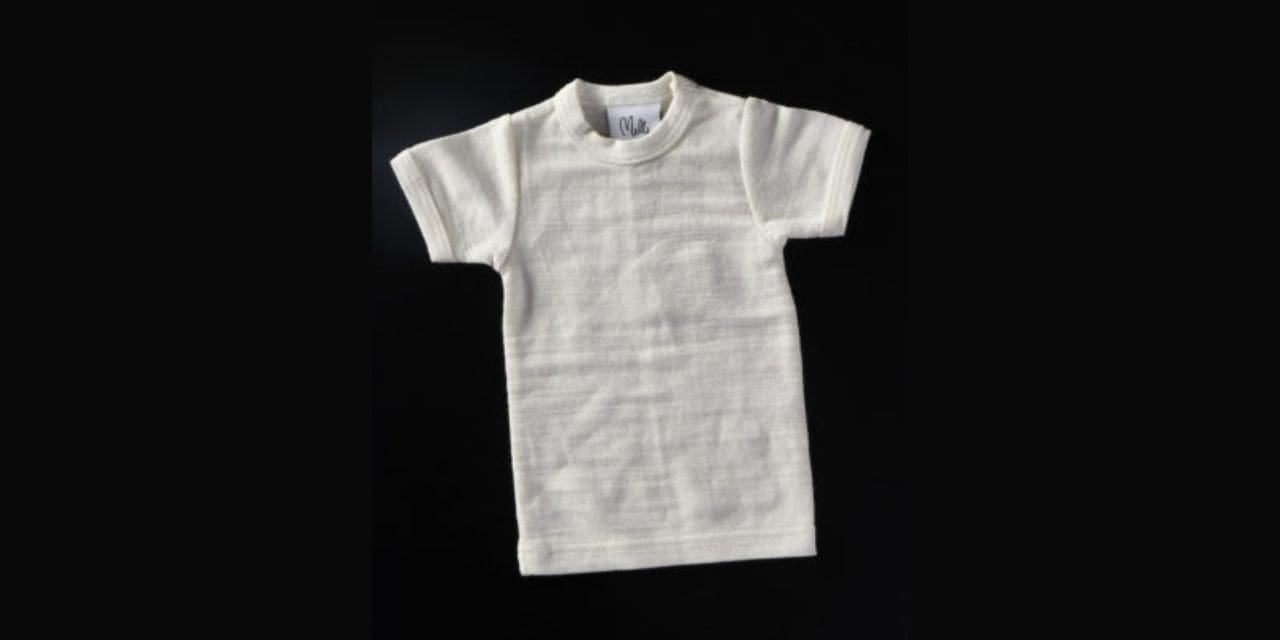The Marcus Wallenberg Prize is a worldwide award fully intent on perceiving, empowering and animating pathbreaking logical accomplishments, which contribute essentially to widening information and to specialized improvement inside the fields of significance to ranger service and woods ventures. The Marcus Wallenberg Prize 2022 will be introduced by HM the King of Sweden to Professor IlkkaKilpeläinen and Professor Herbert Sixta at a function in Stockholm in October this year.
Man-made cellulose strands from wood with high specialized quality have been created by two exploration groups in Finland, at the University of Helsinki and at the Aalto University. In this idea, the plan and utilization of novel superbase ionic fluids to handle wood mash into superior execution material strands was created and presently tried for increasing.
The Sustainable Chemistry research bunch drove by Prof. Kilpeläinen at the University of Helsinki created superbase ionic fluid solvents for disintegration of wood biomass for example faded or unbleached mash or reused cellulose mash. Prof. Sixta and his group, at the Aalto University, fostered the ionic fluid put together fiber molding process based with respect to dry-stream wet turning.
“This remarkable coordinated effort has brought about original manageable idea of material fiber creation from wood. The advancement is supposed to bring about a huge scope of new item and business amazing open doors for the timberland business”, says Johanna Buchert, Chairperson of the Marcus Wallenberg Prize Selection Committee.
The future interest for material strands is developing because of worldwide populace development. Creation of cotton, the overwhelmingly involved cellulose fiber for materials, isn’t supposed to stay aware of the interest. Thusly, man-made cellulose filaments would be a fantastic supplement for cotton as these strands have comparable properties.
The primary cycles to create man-made cellulose material filaments are the gooey interaction, where cellulose is solubilized utilizing salt and carbon disulphide and the Lyocell cycle, where N-methylmorpholine-N-oxide (NMMO) is utilized to break up cellulose. The thick cycle has, nonetheless, become naturally disputable because of the utilization of harmful carbon disulphide as the primary reagent. The Lyocell interaction then again is hampered by the insecurity of the NMMO.
These difficulties have prompted broad exploration on various dissolvable frameworks for cellulose to create recovered cellulose filaments. Ionic fluids have acquired interest as green choices for natural solvents in various cycles. Ionic fluids are salts that can be liquefied under 100 degree C and have exceptional properties including low fume pressure, high warm solidness, and high dissolving ability of various natural and inorganic substances.

